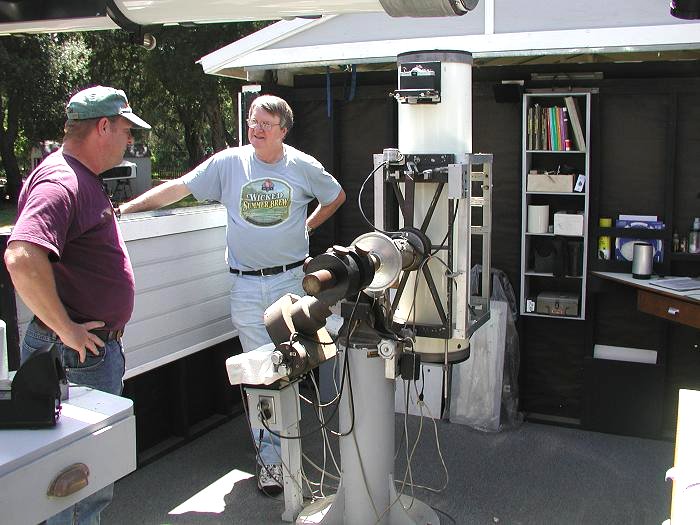
One of my earliest projects when I first started doing astrophotography was photographing all the Northern Hemisphere constellations. These early photos are still some of my most used photographs whenever I give talks yet were the easiest to take. With today’s modern films, one can record all the stars visible with the naked eye in less than ten seconds!
The equipment needed for this type of photography is any camera whose shutter can be locked open for about 10 seconds, a tripod and a locking cable release (will be needed for this and many of the projects to be described in future articles).
Photographing the relatively bright stars that delineate most constellations is relatively easy. If the exposure is too long, two things can happen. One is, you begin to get star trails instead of pinpoint stars due to the Earth’s rotation. The other is, you would record so many stars that it would be difficult to pick out the constellation stars. For a tripod-mounted camera, exposure time should not exceed 10 seconds for a lens around 50mm and 15 seconds for 35mm lenses. Lens aperture should be set at between f/2 and f/2.8 or the lowest f/setting on your lens. Using a cable release to open the shutter prevents camera vibration and is a must for long exposure photographs. Just about any film can be used for this type of photography with speeds of between 200 and 1000 being the norm.
So, let’s take our first constellation photograph. Most constellations will fit in the field of a 50mm lens but a few would require a wider angle 35mm or 28mm lens. With your camera on a tripod or other solid support, frame the constellation as you would like it to appear. Set the lens to infinity and either wide open or stopped down one stop (e.g., from say f/1.4 to f/2) if sharper star images at the corners are desired. Don’t stop your lens down more than this or many stars may not be recorded. Now, open the shutter for a slow count of ten then close it. Your first constellation has now been captured. It is always a good idea to experiment with different exposure times and lens settings for a given film and location to optimize the results to your taste. When you take the film in for processing, be sure to indicate to “print all frames” or, if slides, “mount all frames” since these frames look blank to the person doing the processing. Also, take a few normal shots at the beginning of the roll so that the film cutter has a clear border to register on.
Another bonus to this type of photography is that today’s modern color films are capable of recording the colors of most stars. A photograph of the constellation of Orion shows the orange color of Betelgeuse, the blue color of Rigel and the pink color of the Orion nebula (M42) in the sword of Orion. Other star colors are also quite apparent. As you acquire your constellation collection, bring the photos to our meetings to share with the group. Most importantly, have fun!
Follow Us: